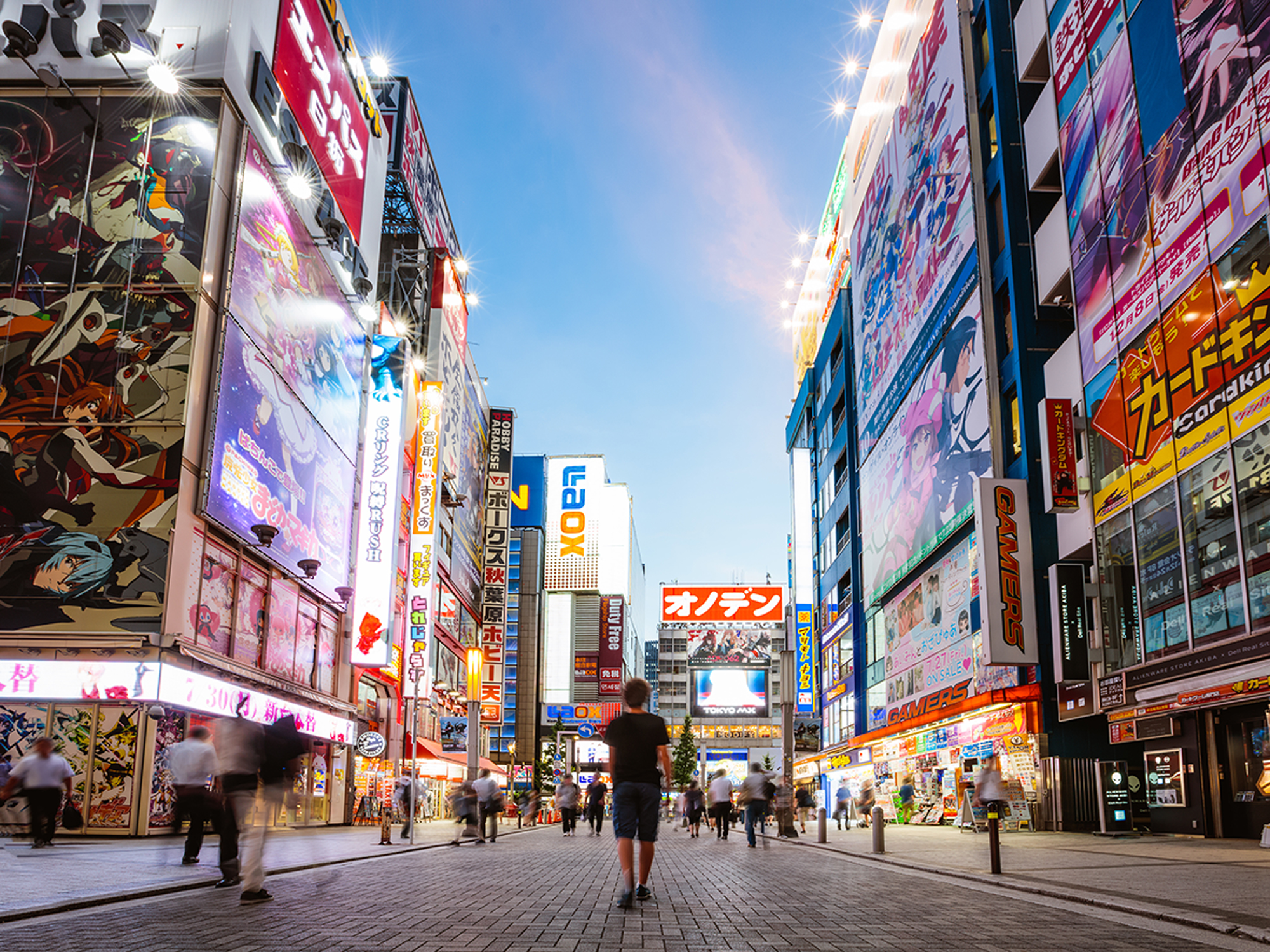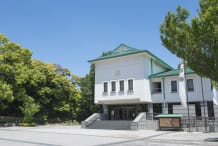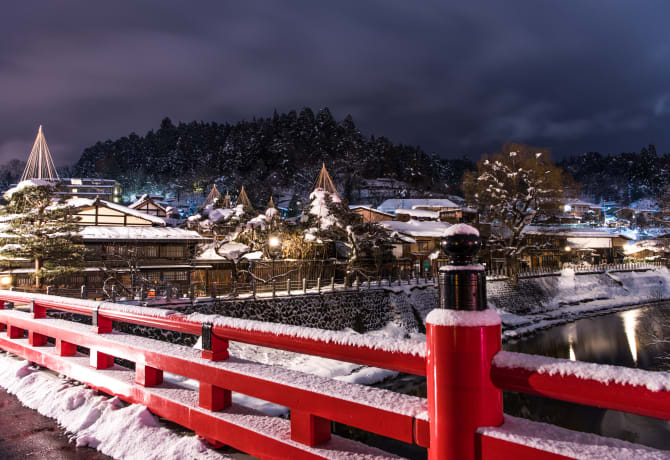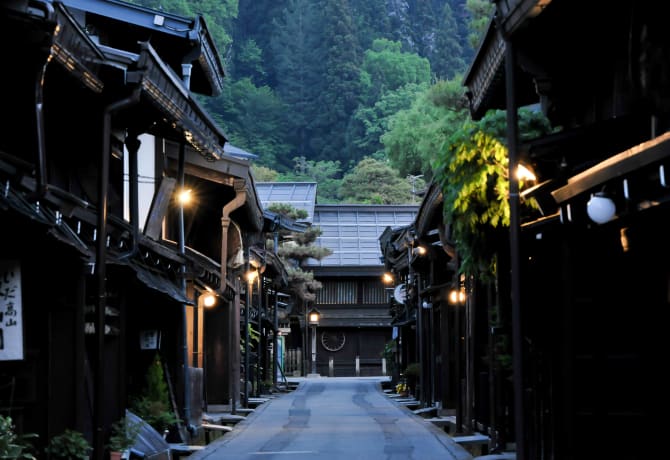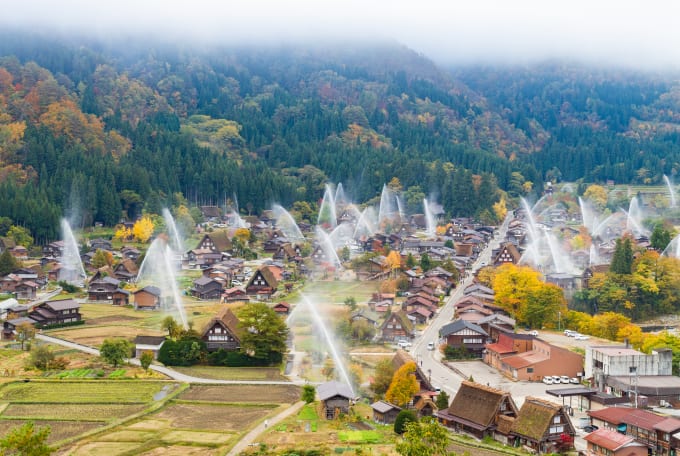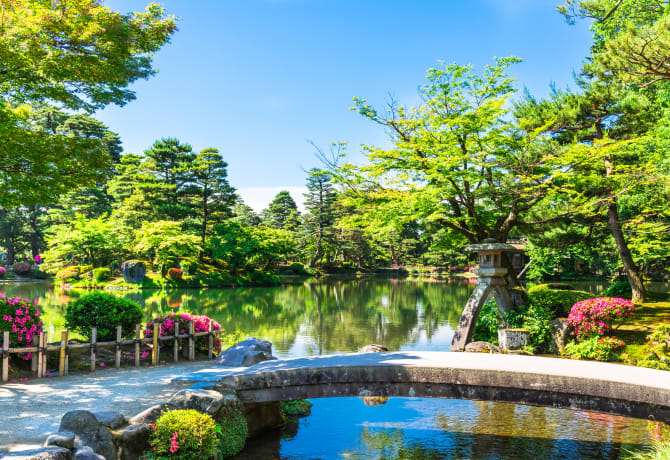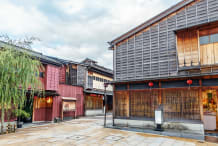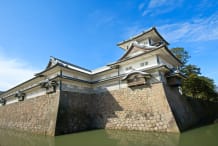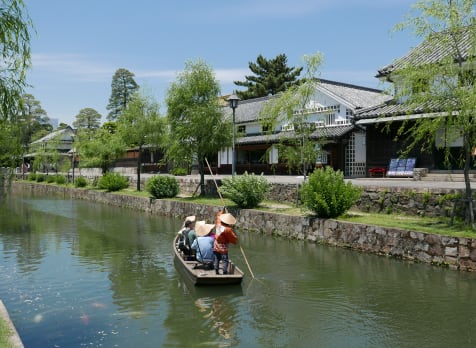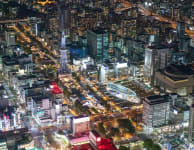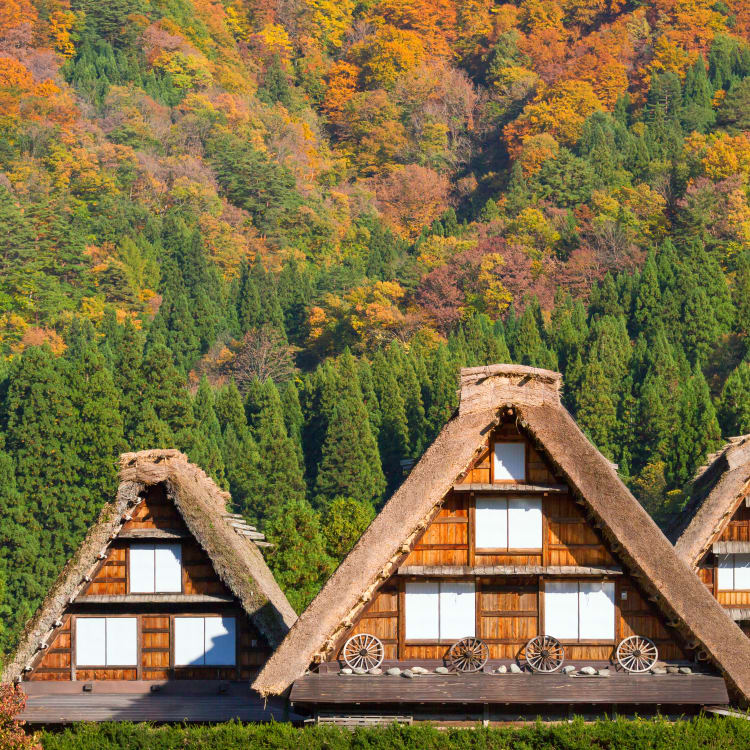

ITINERARIES Nagoya, Takayama and Kanazawa Step back in time to pre-modern Japan
This route takes visitors through the rural mountain hamlets and historical towns of central Japan.
Highlights
- Explore the quaint streets of Takayama by rickshaw
- Try Nagoya’s delicious specialty miso dishes
- Marvel at the beauty of Kenrokuen Garden
Photos: ©Nagoya Convention & Visitors Bureau
Start your three-star journey in Nagoya , one of Japan’s fastest-growing cities. Nagoya lies on the bullet train line, making it convenient for access to locations all around Japan.

Photo: Hommaru Palace
The city's iconic symbol, Nagoya Castle is one site you can't miss. The closest subway station is Shiyakusho Station, 12 minutes from Nagoya Station.
One of the largest castles in the country, its construction was the catalyst for the city's expansion in the early Edo period. Inside the castle keep is a museum with exhibits covering the castle's history. In spring the surrounding area is a popular cherry blossom spot.
Surrounding the castle is Meijo Park, filled with seasonal flowers. Flower exhibits are regularly held on the grounds.

Atsuta-jingu Shrine
Stroll the sprawling, peaceful grounds of Atsuta-jingu , away from the bustle of the city, about 30 minutes by train from Nagoya Castle. Atsuta-jingu is a shrine belonging to Japan’s native religion of Shinto and was patronized by ancient warlords.
The shrine is best known for housing the Kusanagi-no-tsurugi sword, one of the legendary Three Sacred Treasures, along with the mirror and sword, said to have been passed down generations of emperors for thousands of years. Sadly, the sword is not for public viewing.
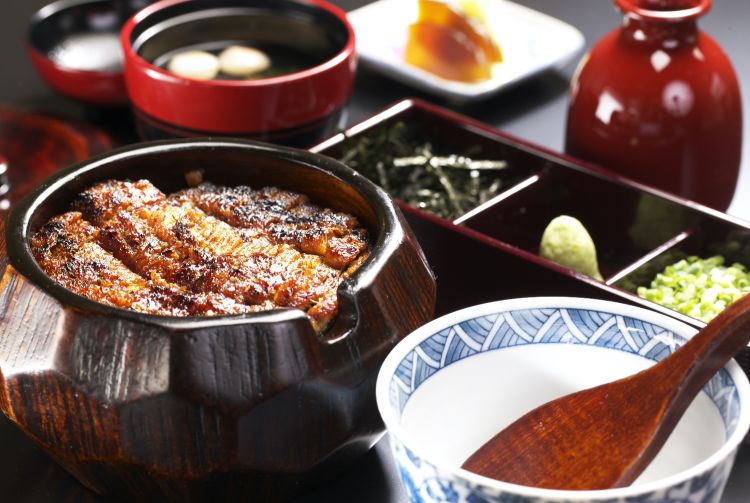
Near Atsuta-jingu Shrine , sample hitsumabushi, a Nagoya specialty. It's served in a wooden box of steamed rice topped with grilled eel. While delicious on its own, you can also add green onion, wasabi and nori seaweed for extra flavor. The dish includes a flask of green tea for you to pour over it too if you wish.
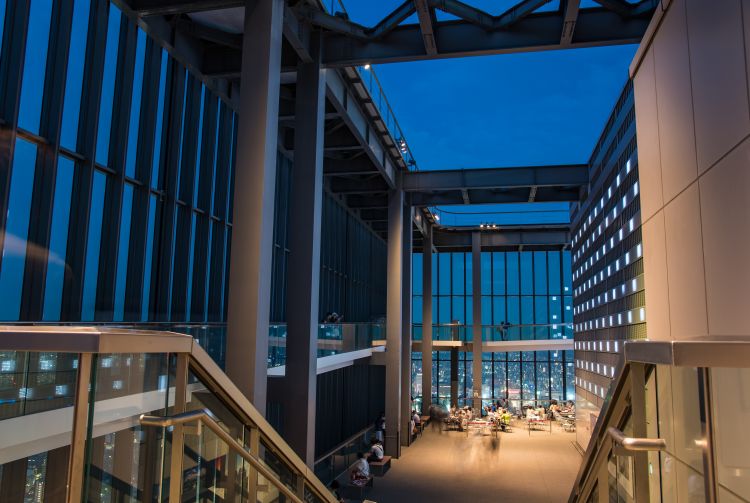
Evening dining around Nagoya Station
Head back to the Nagoya Station area for the evening for dining and nightlife. The area in front of Nagoya Station is packed with facilities for visitors to browse and pick up gift items. Go up to the 51st floor of Takashimaya, where a wine lounge offers lovely night-time views over the metropolis. Similarly, the restaurants on the top floor of Midland Square have excellent views.

Misokatsu, a popular Nagoya dish
From Nagoya, express trains take you to the small, charming town of Takayama in approximately two and a half hours.

A float at the Takayama Spring Festival
Takayama is a quaint, rural town located in the Japan Alps , with a traditional, historical town center. Rickshaws provide an unforgettable way to explore the streets here, lined with old wooden houses, temples and shrines, and craft stores. There is also a open-air market which runs every morning outside the Jinya, an Edo-period government building that is in itself also worth visiting, offering a wide range of food and other goods.
25 minutes
The area is blessed with springs that bring water from the mountains and make the local sake exceptional. Head to Funasaka Shuzo for a tasting.
Takayama has a circular route bus which stops at Festa Forest, an underground museum where you can see the ornate floats used in festivals, called yatai, as well as the largest drum in the world and even a collection of clockwork dolls.
The Hida area in Takayama’s environs is home to unique architecture, called gassho-zukuri: farmhouses with dramatic, steep thatched roofs. Take the same bus to Hida Folk Village for a glimpse at these wonderful houses.
The most famous examples of gassho-zukuri are in the Shirakawa-go and Gokayama areas, both accessible by bus in approximately one and one and a half hours from Takayama respectively. These two sites are highly photogenic the year round, but particularly during the season of thick snow. Many have been converted into atmospheric accommodations.
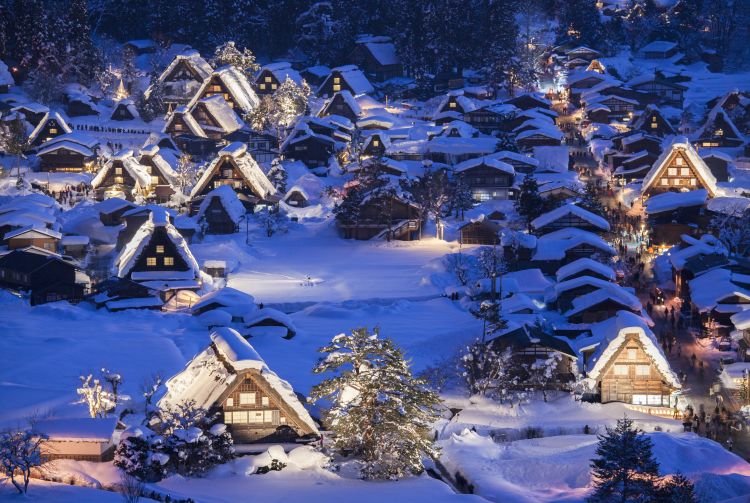
Traditional farmhouses in Shirakawa-go by night
Once at Shirakawa-go, head up to the observation deck for the perfect picture-postcard view of the 117 traditional houses that make up Ogimachi hamlet in the valley below. Among the homes open to the public is the 300-year-old Wada Residence.

Gassho-zukuri architecture is characterized by steep roofs
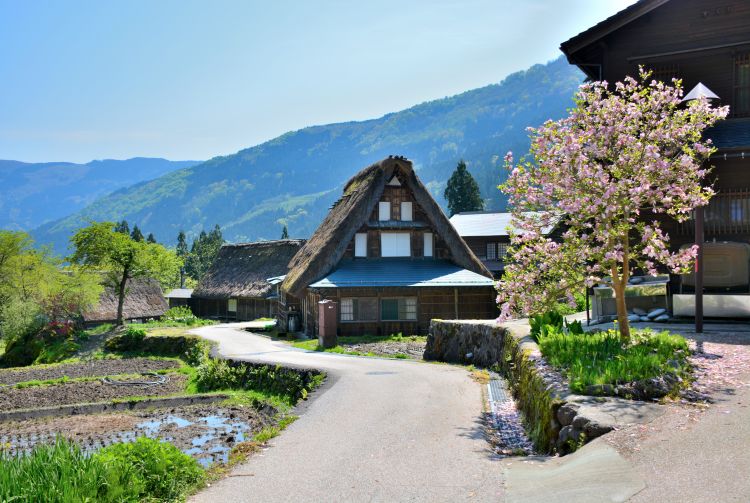
The village of Ainokura in Gokayama
About two hours 15 minutes by bus takes you from the Hida region north to Kanazawa , an eminently walkable city with several important historical sites, including geisha districts, and refined artisan culture.
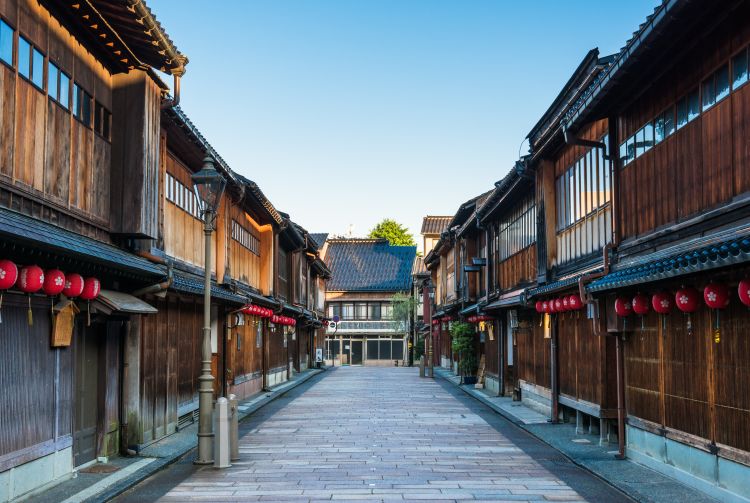
Higashi Chaya-machi old geisha district
A highlight of any visit to Kanazawa is the 17th-century Kenrokuen Garden , considered one of the top three in the country. While it is a pleasure to stroll through all year-round, it is particularly special in May with the blooming irises, and in the colder months when you can see the artistic yuki-tsuri bamboo supports protecting the pines from damage under heavy snow.
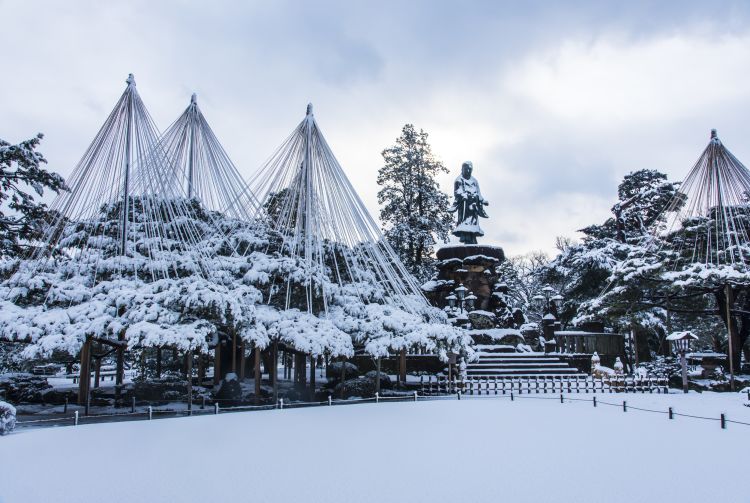
Kenrokuen Garden
En route to the garden, you are likely to walk through the grounds of the reconstructed Kanazawa Castle , its sheer size offering a hint as to its significance in Japanese history. It is a popular local cherry blossom-viewing spot in late March to early April.
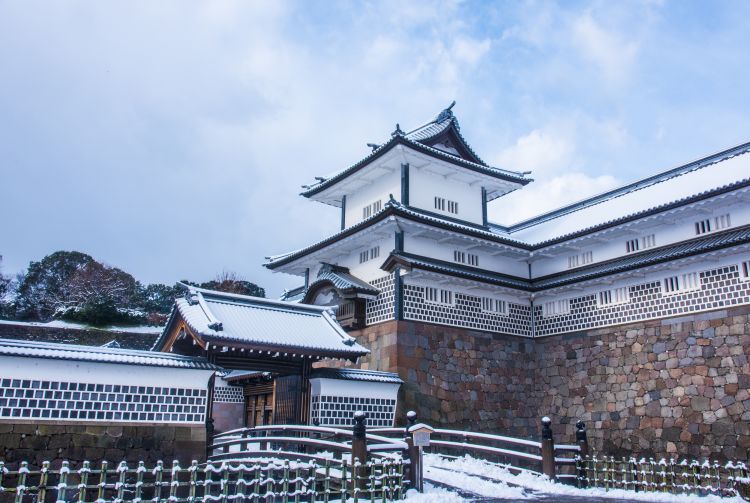
Kanazawa Castle
Take the time to explore the older areas of the city, including the samurai residences at Nagamachi , and Higashi Chaya and Nishi Chaya quarters.
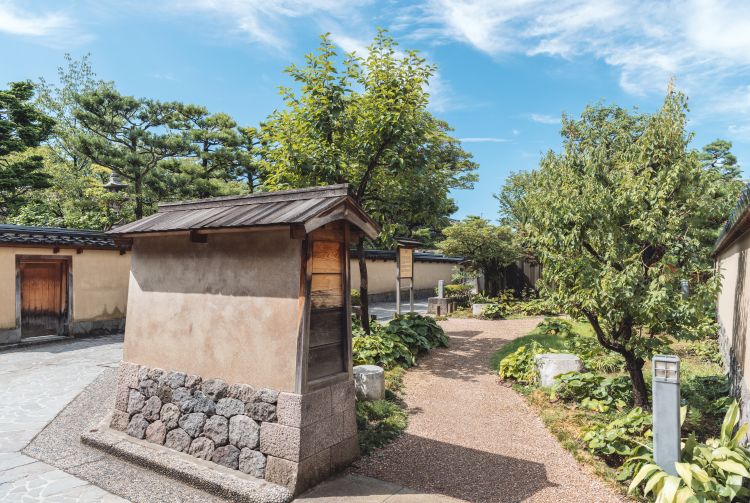
Nagamachi Bukeyashiki samurai quarter
Chaya, which translates as “teahouse,” are exclusive venues for geisha performances and upscale dining. Higashi Chayagai Kaikaro is open to the public for daytime performances, but evening performances must be reserved in advance.
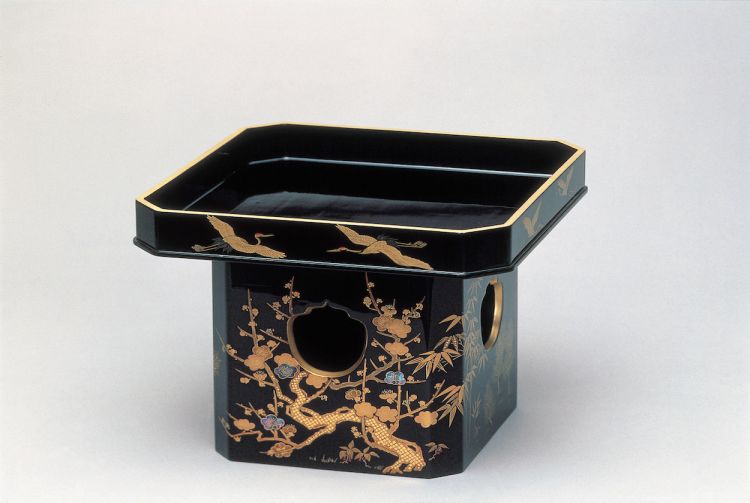
Photo: Copyright: Ishikawa Prefecture Tourism League
Kanazawa has a rich artistic heritage, and it is hard to leave without a memento of your stay. The city is a major producer of gold leaf, and it adorns everything from lacquerware to castella sponge cake and skin creams. The local style of ceramics called kutani ware is refined yet fit for everyday use.
Just north of Kanazawa is the rugged Noto Peninsula . The old town of Wajima is famous for some of the finest lacquerware in the country as well as a lively morning market. The Senmaida Rice Terraces in the area are also a spectacular sight. The journey by bus from Kanazawa takes approximately two hours.

















































